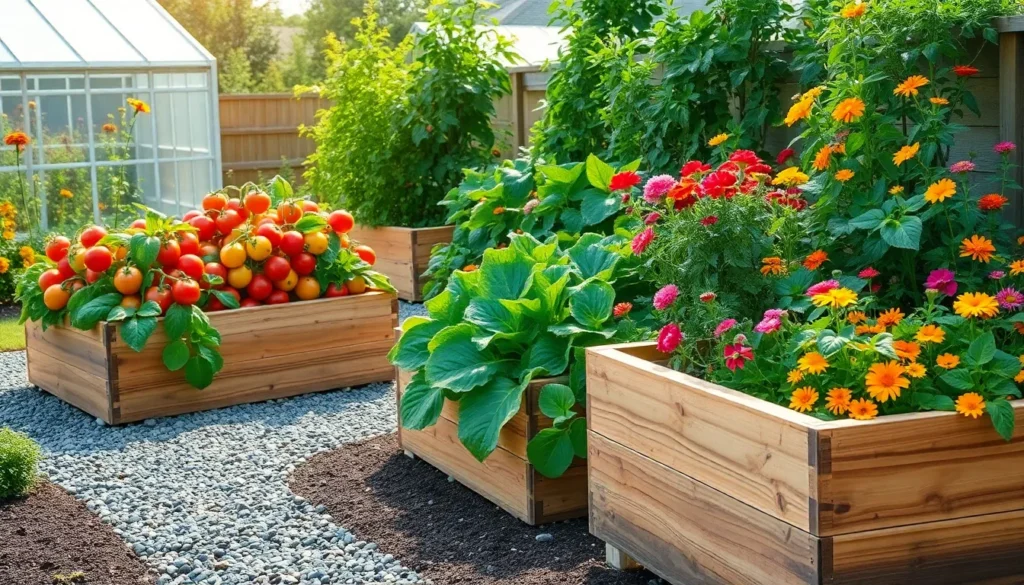Imagine stepping into your garden and finding a sanctuary of thriving plants, all meticulously organized in neat, elevated rows. Raised bed gardening offers just that—a practical and visually appealing way to elevate your gardening experience, quite literally. Whether you’re a beginner eager to dig your hands into the soil for the first time or a seasoned green thumb looking to optimize your space, raised beds promise a plethora of benefits that can transform your gardening journey.
With raised beds, the challenges of poor soil quality and tricky terrain are easily overcome, making it accessible for anyone, anywhere. This method not only enhances soil drainage and improves aeration but also offers the gardener more control over their plant’s environment, leading to healthier growth. As you delve into this article, you’ll discover how raised beds can simplify planting, reduce maintenance efforts, and even extend your growing season. Prepare to unlock the potential of your garden with insights that cater to all skill levels, providing both inspiration and practical knowledge to nurture your garden dreams.
Maximizing Space Efficiency
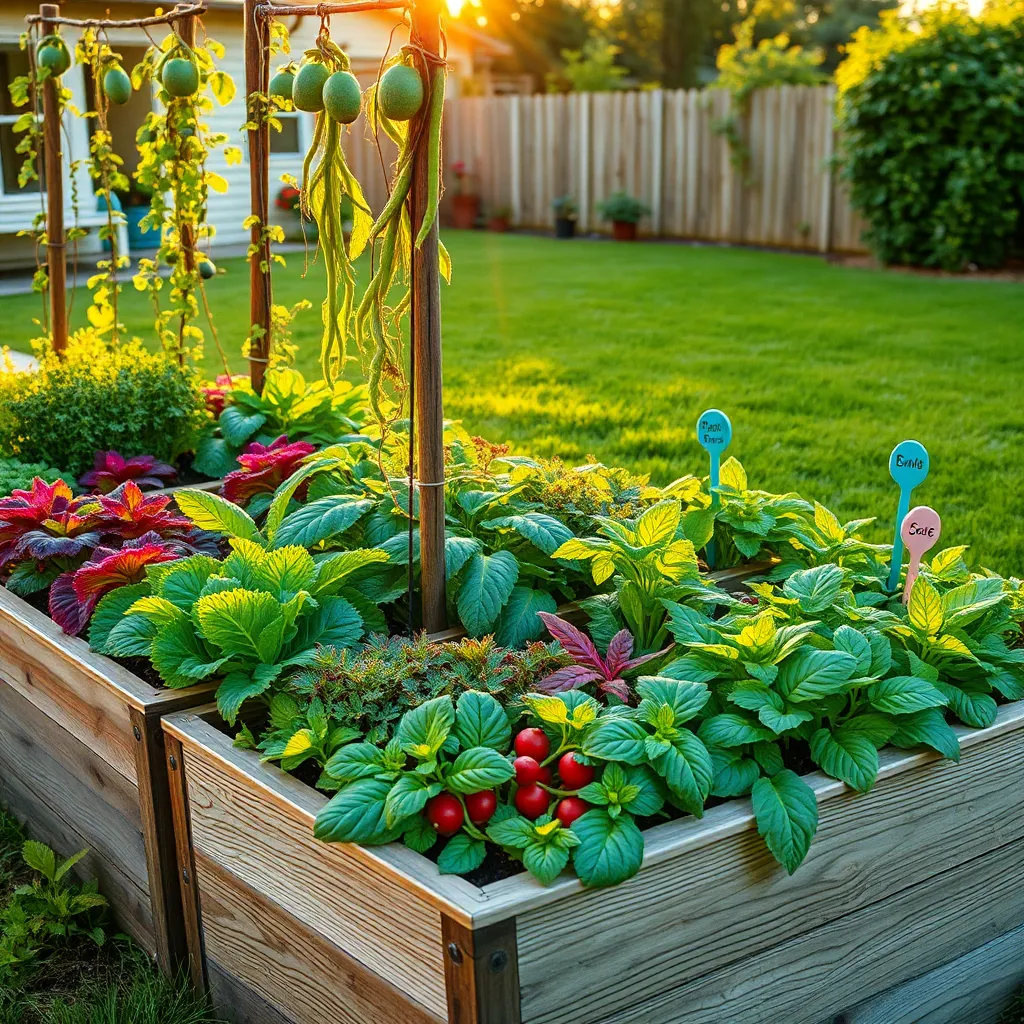
Raised bed gardening allows you to make the most of your space by planting crops closer together than traditional row gardening. This intensive planting method not only maximizes your yield per square foot but also helps in suppressing weeds by shading the soil.
Consider using vertical space by incorporating trellises or stakes for climbing plants such as tomatoes, peas, and cucumbers. This technique enables you to grow more varieties in a limited area and improves air circulation around the plants, reducing disease risk.
For beginners, starting with a soil mix of 60% topsoil, 30% compost, and 10% perlite is ideal for most plants as it ensures good drainage and nutrient availability. More experienced gardeners might experiment with specific soil amendments, like worm castings or biochar, to further enhance growth conditions.
Watering efficiently is crucial in raised beds; consider installing a drip irrigation system to deliver water directly to the plant roots. This method conserves water and minimizes evaporation, ensuring your plants consistently receive the moisture they need without over-watering.
Improved Soil Quality Control

Raised bed gardening allows for better control over soil quality, enhancing plant health significantly. By choosing your own soil mix, you can create the perfect blend that meets the specific needs of your plants.
Start with a base layer of high-quality garden soil, supplemented with organic matter like compost or well-rotted manure. This combination improves drainage and nutrient availability, crucial for healthy plant growth.
For beginners, a simple mixture of 1/3 topsoil, 1/3 compost, and 1/3 peat moss or coconut coir is an excellent start. This mix ensures a balance of moisture retention and aeration, making it versatile for a wide range of plants.
Experienced gardeners might consider adding specific amendments like perlite for enhanced drainage or vermiculite for better moisture retention, depending on local climate conditions. Adjusting the soil pH by incorporating lime or sulfur can also optimize growing conditions for particular plant species.
Enhanced Drainage Benefits
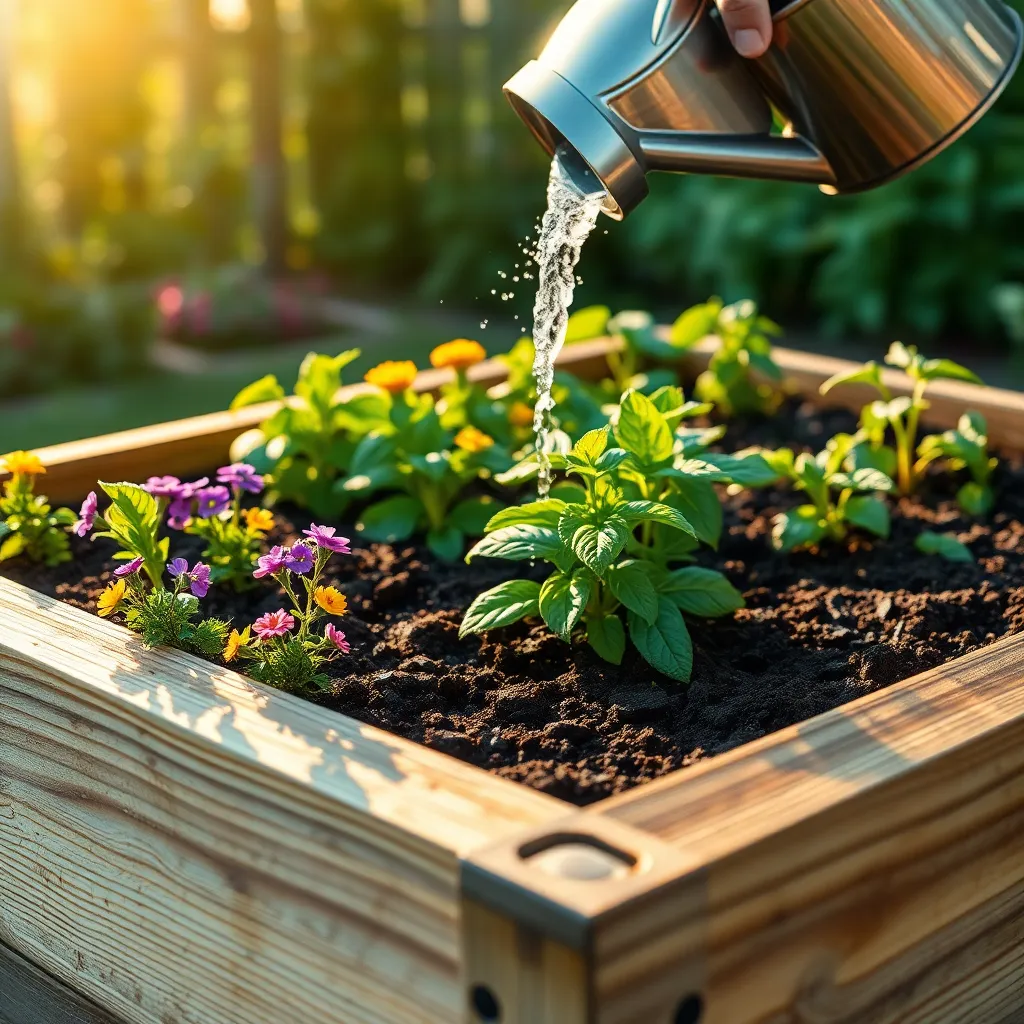
Raised bed gardening offers the significant advantage of enhanced drainage, which is crucial for healthy plant growth. By elevating the soil, water is able to drain more effectively, preventing issues such as root rot that can occur in traditional in-ground gardens.
One practical tip for gardeners is to use a well-draining soil mix specifically designed for raised beds. Combining equal parts of compost, peat moss, and vermiculite can create a light and fluffy soil that promotes excellent drainage while retaining enough moisture for plant roots.
To further improve drainage, consider lining the bottom of the raised bed with a layer of coarse material like gravel or crushed stone. This layer helps to keep excess water away from the root zone, which is particularly beneficial during heavy rainfall.
Watering practices also play a critical role in maintaining optimal drainage. It’s advisable to water deeply but less frequently, allowing the top inch of soil to dry out between waterings to prevent waterlogging.
For those in regions with heavy clay soil, raised beds can be a game-changer. They allow gardeners to bypass the challenges of poor drainage inherent in clay, providing a more controlled environment for plants to thrive.
Advanced gardeners might experiment with installing a simple drip irrigation system in their raised beds. This method can provide consistent moisture levels without oversaturation, making it easier to manage water usage efficiently.
Easier Pest Management
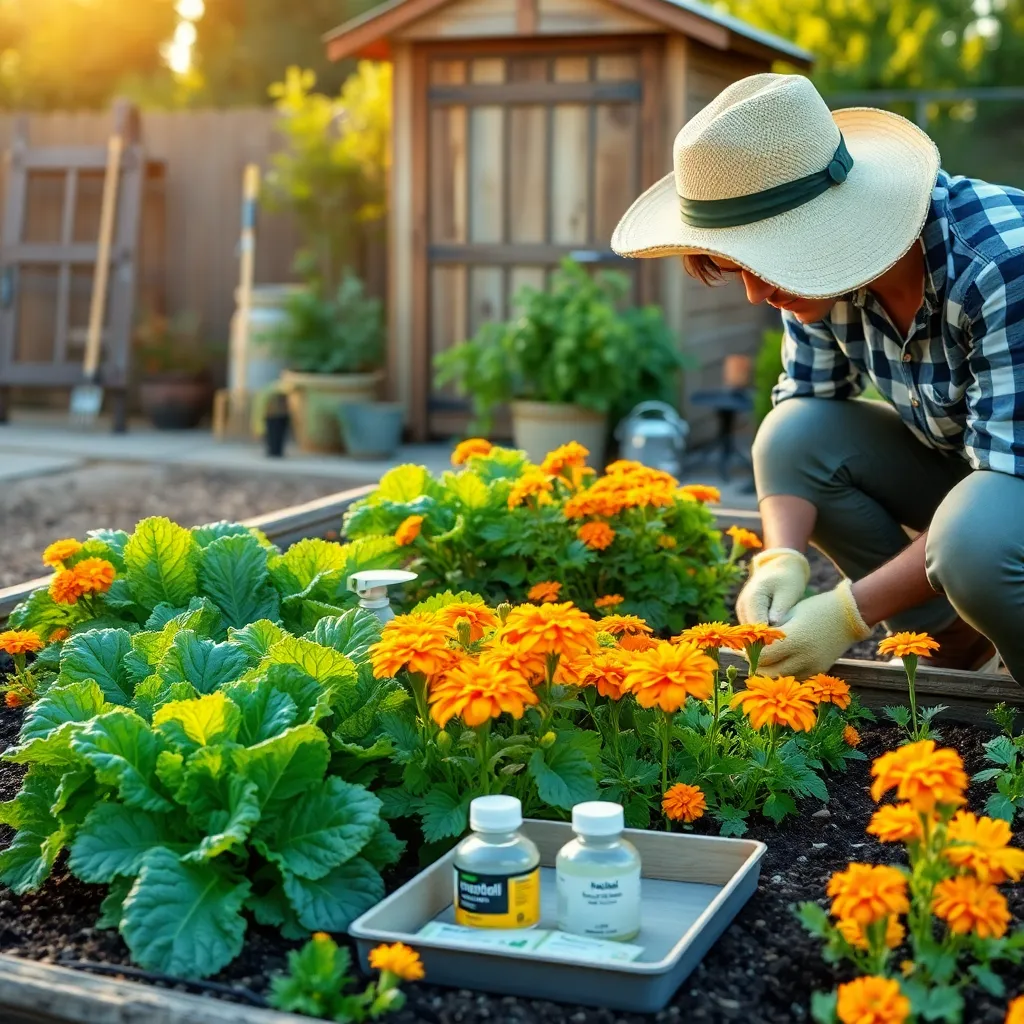
Raised bed gardening naturally simplifies pest management due to its elevated structure. The height of raised beds makes it more difficult for common garden pests like slugs and snails to access plants, reducing damage without the need for harsh chemicals.
By filling raised beds with high-quality soil, you can reduce the risk of soil-borne pests. Soil that is free from pests and diseases supports healthier plant growth and minimizes the need for interventions.
Planting companion plants in raised beds can further deter pests. Partnering plants such as marigolds with vegetables can naturally repel insects due to their scent and chemicals they release into the soil.
For advanced pest management, consider installing a simple barrier around the edges of your raised bed. A copper tape or mesh lining can effectively prevent crawling pests from climbing up into the beds, offering a chemical-free solution that protects your crops.
Extended Growing Season
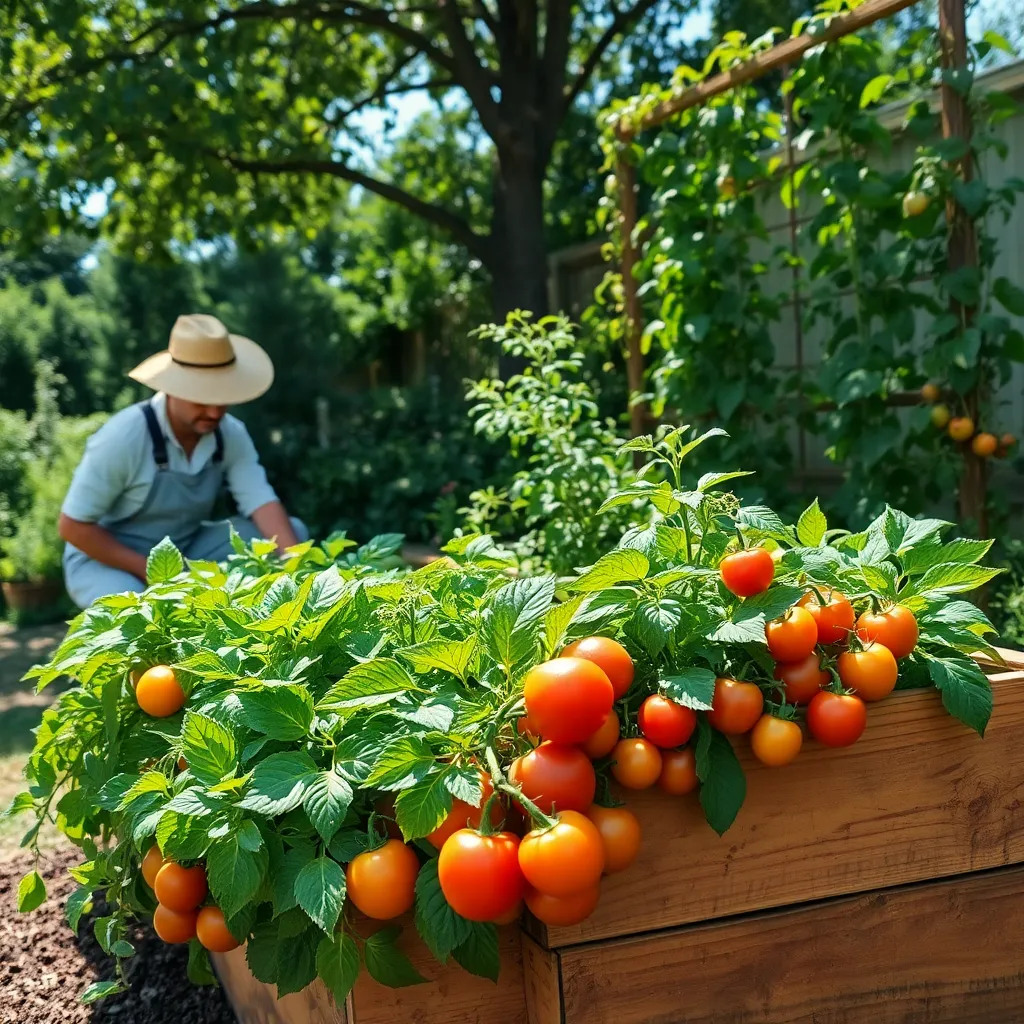
Raised bed gardening offers an excellent opportunity to extend your growing season, allowing you to start planting earlier and harvest later. By elevating the soil, these beds warm up faster in the spring, giving you a head start on the growing season.
For those eager to get planting, consider using row covers or cold frames to protect tender seedlings from late frosts. These simple structures can significantly increase the temperature around your plants, effectively creating a microclimate that supports early growth.
To maximize your extended growing season, select crops that thrive in cooler temperatures, such as spinach, kale, and radishes. These vegetables can be sown directly into the soil as soon as it can be worked, taking advantage of the warmer raised bed conditions.
Advanced gardeners might employ techniques such as succession planting to keep their beds productive longer. By staggering plantings at two-week intervals, you can enjoy a continuous harvest throughout the season.
Conclusion: Growing Success with These Plants
In exploring the harmonious parallels between raised bed gardening and nurturing relationships, we uncovered five enriching concepts: the importance of building a solid foundation, the benefits of maintaining healthy boundaries, the value of consistent care and attention, the rewards of patience, and the power of cultivating diversity. Each of these principles guides us in fostering relationships that flourish and withstand the test of time.
To immediately apply these insights, choose one relationship you cherish and identify a small step you can take today to strengthen it—whether it’s setting aside time for meaningful conversation or appreciating the unique qualities that person brings into your life.
Remember, relationships—like gardens—thrive with ongoing care. Bookmark this article now to revisit these strategies whenever you need a gentle reminder of how to nurture your connections. As you incorporate these principles into your interactions, look forward to a future where your relationships are not only resilient but also incredibly rewarding. Embrace this journey with confidence, knowing that every effort you make today plants the seeds for a more vibrant and fulfilling tomorrow.

